Friday Degustation: it’s yammy…
The Archibald’s dirty secret …
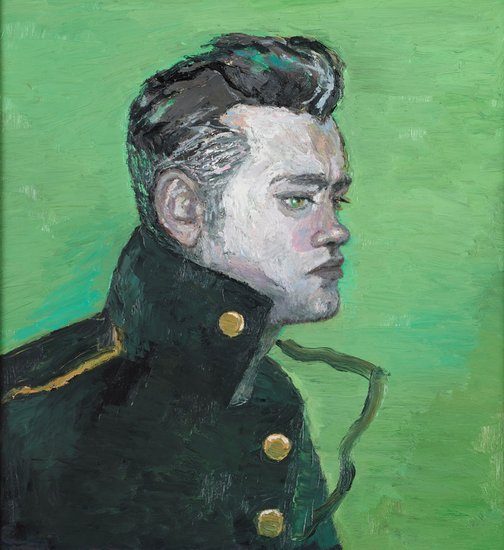
As the 98th Archibald Prize for Portraiture is announced today, critical reaction to the announcement last week of the finalists has included a variety of responses, many noting the highly repetitive nature of the line up of finalist artists, and the tendency of the Art Gallery of NSW Trustees, who make the selection and choose the winners, to include works for purposes that many deduce are for the sake of publicity and populism. We posted an [>] interesting take on the prize and its issues by artist Eliza Underwood.
Among the more unusual takes was The Australian‘s venerable art critic and cultural carbuncle Christopher Allen, who not only predictably decried the range of works selected, but also announced that the prize harbours a dirty secret that apparently “no one will speak about”. [>] “It is not just that the pictures are disparate in style and in quality, or that the exhibition is still plagued by the curse of hypercephaly, or that a prize meant to celebrate significant contributions to Australian social and cultural life is full of the portraits of nonentities. Nor is it even that so many pictures are copied from photographs and involve minimal contact with the supposed sitter. No, the really bad news is that many of these paintings are not paintings at all. They are photographs printed in acrylic on canvas, then tricked out with a surface layer of handpainting in acrylic or even in oil. How easy is this to achieve? Just Google “acrylic print on canvas” and you will find how many firms will provide this service. It’s cheap and far easier than painstakingly copying a photo, even when you have projected a slide on to the canvas. Let alone actually painting from life, spending hours and days with your sitter. Why is this wrong? Well, the artist hasn’t really done anything much more sophisticated than an interior decorator, yet without any fundamental ability as an artist — any knowledge of anatomy or bone structure, any sensitivity to the inner life of the sitter — they can produce an oversized, elaborate image with lots of complex background details that would be hard to paint by hand and above all pointless .It’s a bit like someone claiming to be a violinist but actually miming to a synthesised track mechanically produced from the score by a computer.”
In it for the Manet
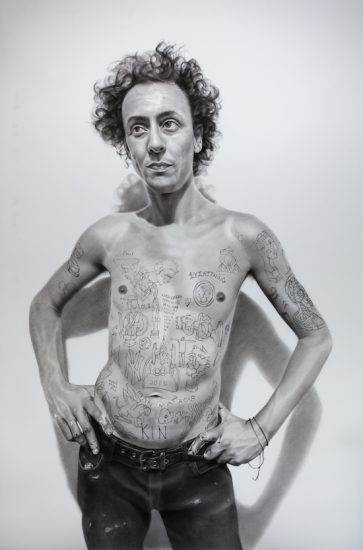
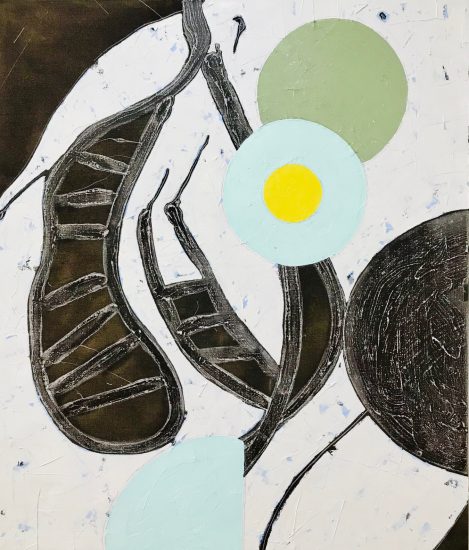
And the fortunes of the Archibald Prize and its concurrent Wynne Prize for figure sculpture and landscape rise and fall, so do the entries for the Salon des Refuses, the offical alternative exhibition staged at the SH Ervin Gallery. According the Salon’s press release, the show “…follows the tradition made famous by Napoleon in Paris in 1863. The Emperor insisted that the huge number of works which had been rejected by the Academy be displayed for the public to view and judge. The first Salon des Refusés included works by Manet and Pissarro.” And will this year’s selection of not-quite-got-there paintings measure up to such illustrious ancestors? Well, there’s an unusually high quality in this year’s rejects and include, in the Archibald selection, Kate Benyon, Yvonne East, McLean Edwards, Sophia Hewson, Robert Malherbe, Rodney Pople, and Wendy Sharpe, among others. In the alternate Wynne, there are major works by Elisabeth Cummings, Peter Gardiner, Tim Johnson, Napuwarri Marawili, Noel McKenna and Peter Sharp, among yet others. While many have decried the selection over at the offical prize, the Ervin’s fortunes grow richer. The full list [>] is here. and the show opens to the public on May 11.
Richard Bell needs to do this…
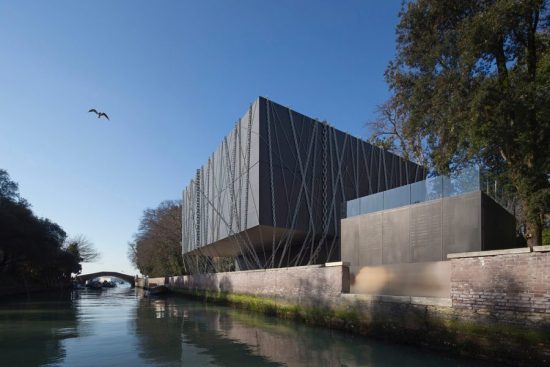
Perennial art world provocateur Richard Bell submitted a proposal for an exhibition to be called We Don’t Really Need This that would have been Australia’s offical representation at the 2019 Venice Biennale. Although Bell’s proposal – to wrap a replica of the Australian Pavilion in chains, put it on a barge, and sail it around the Venetian lagoon – was shortlisted, the final choice was Anjelica Mesiti‘s more conventional proposal. Undeterred, Bell has made a solo journey to Venice with the project, funded by a private fund-raising campaign and supported by the Australia Council and Arts Queensland. In the lead up to the Biennale, Bell was interviewed for Art Guide by Louise Martin-Chew. [>] “LMC: You have protested during previous Venice Biennales. What is important about this forum? RB: I’ve been to every Venice Biennale for the last 10 years. I’ve mounted protests twice. I made a film there a few years ago which I will show in this year’s EMBASSY. Activity at the Venice Biennale attracts the attention of the international art world. It is the biggest art show in the world and the most prestigious. I’m 65 and statistically dead as an Aboriginal man. I don’t know if there will be another Venice Biennale for me. It is precarious given my age. I have been wanting to do this project for quite some time. I want to continue international discourse in this area.”
Complete Silence

It was an idea for an art work stunning in its vision, and would have been unique: an orbiting reflector visible in the night sky. Trevor Paglen‘s Orbital Reflector was to orbit the Earth at a distance of about 575 kilometres. Released from a CubeSat the sculpture would self-inflate like a balloon, sunlight reflecting onto the sculpture making it [>] “visible from Earth with the naked eye — like a slowly moving artificial star as bright as a star in the Big Dipper.” According to Paglen “Orbital Reflector was conceived and developed against a backdrop of the increasing militarization and weaponization of orbital space. It was meant to highlight the politics of space, and to question who has the right to do what with our shared resources and environments.”
Incredibly, Paglen raised the funds to make the project a reality, working with The Nevada Museum of Art, and aerospace firm Global Western. OR was launched atop a Space-X Falcon 9 rocket on December 3, 2018. After being deployed, the plan was that OR would seperate from the rocket among a number of other similarly sized satellites, and then drift through space until it was far enough away from the other objects so as not to be damaged. Writes Paglen: [>] “It would then require approval from the Federal Communications Commission (FCC) to complete the process. The electronics and hardware onboard OR were designed to function during this time but weren’t hardened for long-term functionality. The ground team continued monitoring OR, waiting for the satellites from the rocket launch to spread out sufficiently for us to safely inflate the reflective structure. Then something totally unexpected happened: the Trump administration shut down the US government in an attempt to extract congressional funding for a wall along the US/Mexico border. We continued communication with OR but good signals were becoming less frequent. OR was dying. We needed to coordinate with the FCC to deploy the reflector, but there was no one to take our calls: there was no government. Pings from OR became less frequent. By the time the government re-opened 35 days later, the spacecraft had gone completely silent.”
The Living Arts Fund
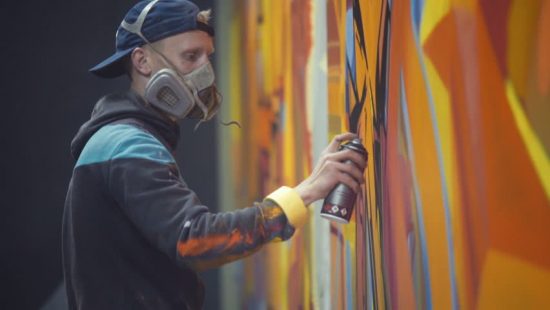
Although they’re a political party that has no chance of actually implementing a policy, the Australian Greens have nonetheless forged ahead with its own arts policy, and at least one step ahead of the Coalition. As many artists know, and will happily tell you, being an artist is financially difficult, at least up until the point when they officially ‘make it’. Until that time, how can you make a living? Well, the Greens have a plan and it’s called The Living Arts Fund. As themusic.com.au reports, The Living Arts Fund would [>] “…ensure Australian musicians, actors and other creatives are supported with a liveable wage, with the Greens noting “the average Australian artist lives below the poverty line, working multiple jobs and sometimes taking unemployment payments in order to keep the lights on”. The opt-in fund will “guarantee participating artists an income subsidy equal to the difference between their other income and a living wage”, in exchange for a small share of every creative work produced by the participating artist. “Art is at the core of our communities, yet artists are too often living below the poverty line. Australians value the arts, it is time to value all our creative talent – from actors, to musicians, authors and artists,” Greens arts spokesperson Senator Sarah Hanson-Young said.”
Magical, material transformations
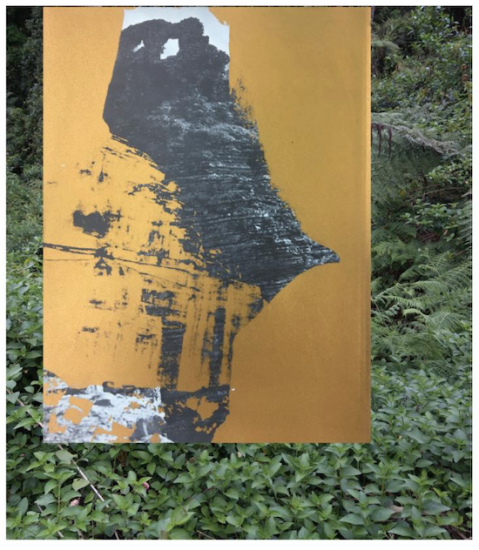
Following on from the inclusion of her work in The National 2019, Izabela Pluta has Reversal, a solo show, opening on May 18 at The Glasshouse, Port Macquarie [>] “Reversal is a photographically-based installation that draws on Rose Macaulay’s 1953 book, Pleasure of Ruins, which articulates a relationship between the disappearance of buildings and the limitations of words used to describe them. Pluta’s exhibition materially translates, fragments and reconfigures Macaulay’s ideas to explore the mutability of things and the impermanence of places.”
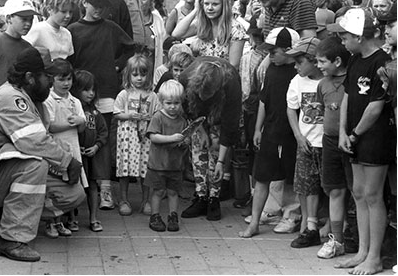
Meanwhile at Macquarie University Art Gallery, and as a part of the annual Head On Photo Festival, Juno Gemes‘ career survey exhibition Juno Gemes: The Quiet Activist A Survey Exhibition 1979 – 2019 opens today [May 10th] [>] “This survey exhibition is drawn from Juno Gemes’ extensive archive of photography, film and artist’s books along with national and international publications that feature her works. The exhibition presents a rare opportunity to view Gemes’ early experimental works in film and photography, together with the master prints contained within the celebrated publication The Language of Oysters,1997, on display to the public for the first time. The overall parameters of the exhibition offer a broader view of Gemes’ social justice commitments over a lifetime’s work.”
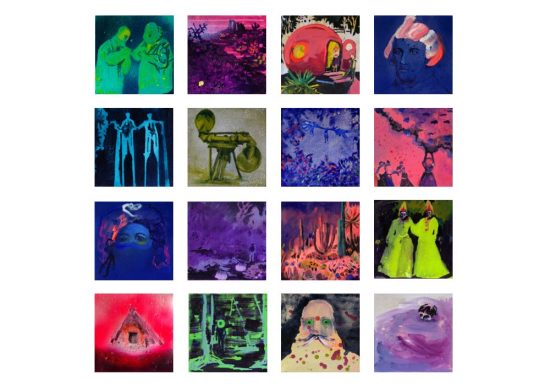
Art Life readers will no doubt recall our [>] interview with Kathryn Cowen last year and her magically strange paintings. Cowen follows up her successful 2018 outing with Land of the Green Ghosts, a group show at Hazelhurst Regional Gallery opening June 15, with fellow painters Naomi Bishop and Valentina Palonen. [>] “This collaboratively conceived exhibition explores the many subtle and complex layers of the natural world through the unique perspectives of three contemporary female painters […] Each artist hopes to offer a new standpoint of the natural world, and the issues facing it, and are unapologetically driven by a subjective response to both landscape and to painting practice. While each artist has her own approach – albeit psychological, spiritual, or environmental – they each surrender to the sensuous materiality of paint and allow process-based practice to take precedence. The artists present canvases saturated with the colours of implied bioluminescence, auro- ra borealis and other natural wonders. It is this sense of wonder the artists wish to share with the viewer, a world renewed, seen afresh, without the constraints of rationality or the pervasive mundane. They put no stock into the expected, the accepted, and the re- gurgitated; but stalwartly embrace painting as an avenue to discovery. They come togeth- er to explore our connection to the environment and the different ways that we perceive it in this time of grave ecological change.”
Follow: @breezeblockhead
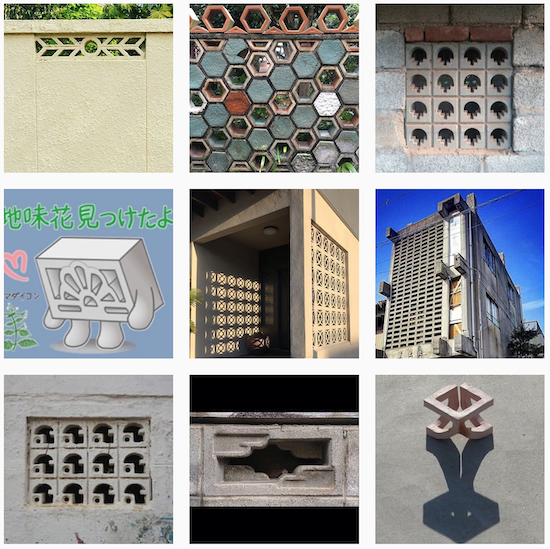
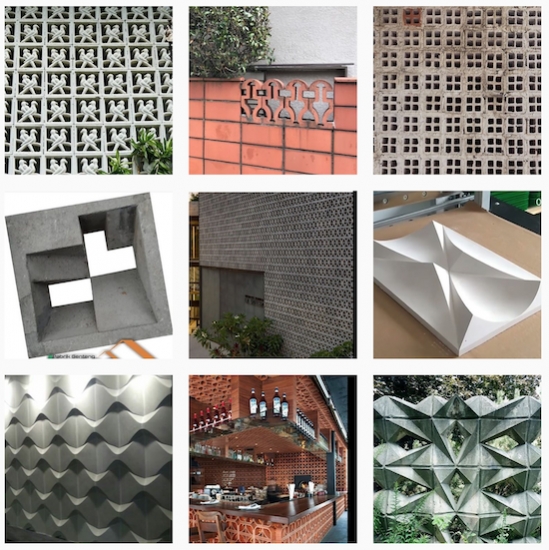
Australian architect Sam Marshall, whose Architect Marshall is responsible for the Museum of Contemporary Art extension, the reno of Campbelltown Arts Centre, and the makeover of UNSW Art & Design among other notable works, also has a side project on Instagram. @breezeblockhead documents the inventive uses of one of the most egalitarian building materials of all time: the concrete breeze block. Once the preserve of kitsch motels, pool fencing and garden walls, the humble breeze block has the aesthetic appeal of minimalist sculpture, with infinitely repeatable individual units that can be used for everything from vertiginous curtain walls, to interior decoration a la a budget Ennis House, to sculptural features, and so on. Marshall’s Insta account is a continuously surprising visual feast. And for fans of slow media, there’s also a coffee table book in the works. It’s square too.
Assorted Links
Sydney’s Powerhouse Museum to [>] stay open at its Ultimo site for a couple more years before being moved out West
[>] For Aboriginal artists, personal stories matter
Soda_Jerk have been awarded the $100,000 Anne & Gordon Samstag Museum of Art and Adelaide Film Festival Art and Moving Image Commission for 2020: [>] They will premiere their new film ‘Netsploits’ at the Samstag Museum of Art during the Adelaide Film Festival in October 2020.
[>] Nikky Agnello’s ‘My Love is Bulletproof’ artwork at Frankston takes aim at gun laws
Is Brexit impacting the UK art market? [>] Yeah! Sales are up by 8%
[>] Picasso’s ‘Guernica’ Triples In Value After Being Autographed By The 1994 New York Rangers
Tits out for art: [>] Erections, buttocks and beheadings: it’s an Aubrey Beardsley blockbuster
Creative mapping: [>] what does the United States look like when census data is used to create a map of population clusters?
[>] Cyberspace is over.
Ben Heller, [>] the collector who sold Pollock’s Blue Poles to Australia in 1973 for $1 million, has died.
A classic example where the headline to the post completely misses the point [>] Artist Travels To Scenic Locations Only To Paint The Pattern of His Own Shirt
Post-Stalker [>] Notes on Post-Industrial Environments and Aesthetics
Ehren Tool wants his visually brutal stoneware cups to start conversations about the grief and suffering of armed conflict. [>] The Price of This Artist’s Work? A Conversation About the Horrors of War
Paintings by SKU deemed blasphemous for combining Islamic text with nude images: [>] Saatchi Gallery covers up artworks after Muslim visitors’ complaints But Brendan O’Neil says [>] We must have the right to blaspheme against Islam
Makes a change from putting your kids’ names on your neck: [>] Tattooist Recreates Art History’s Greatest Paintings on the Skin of Her Clients
